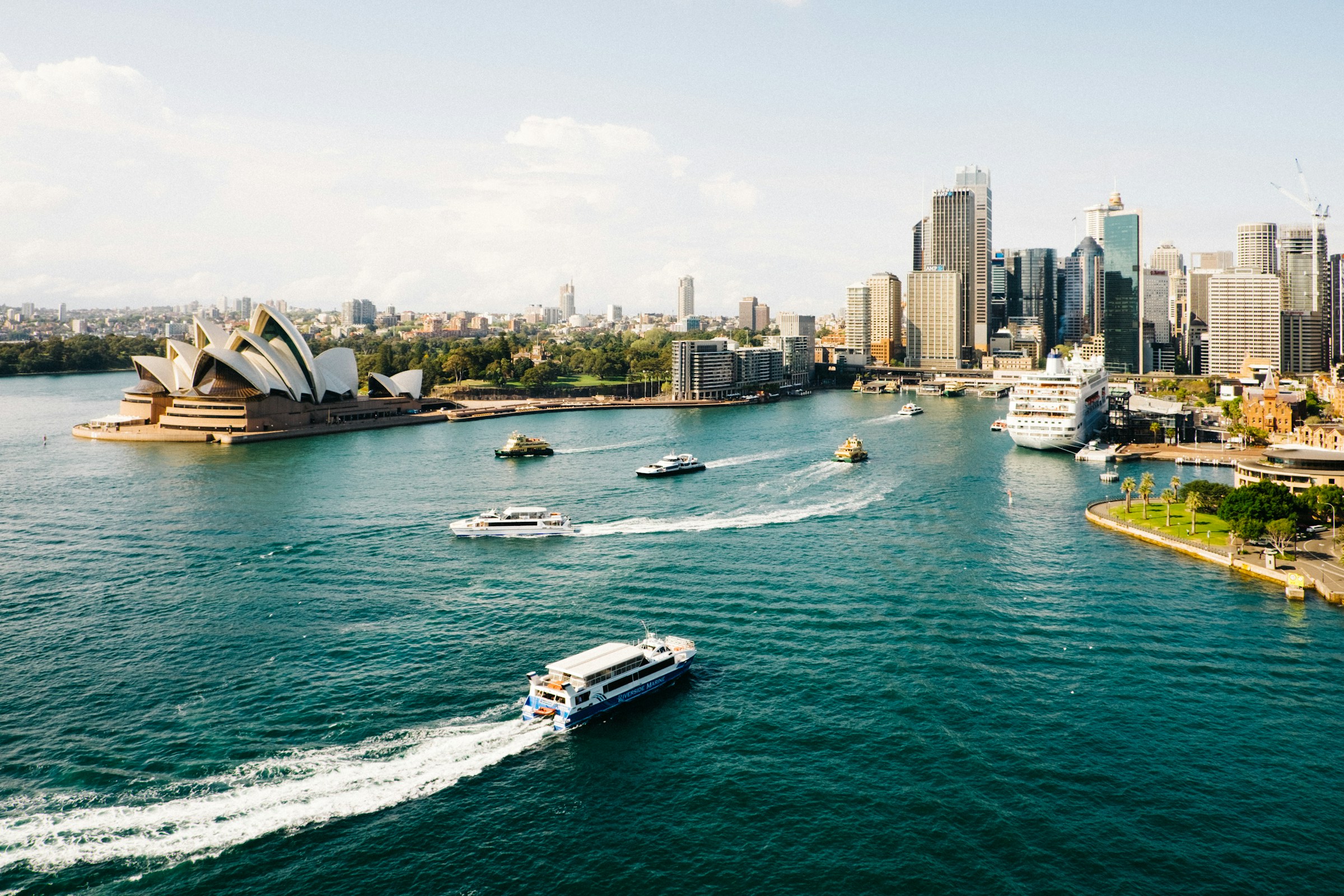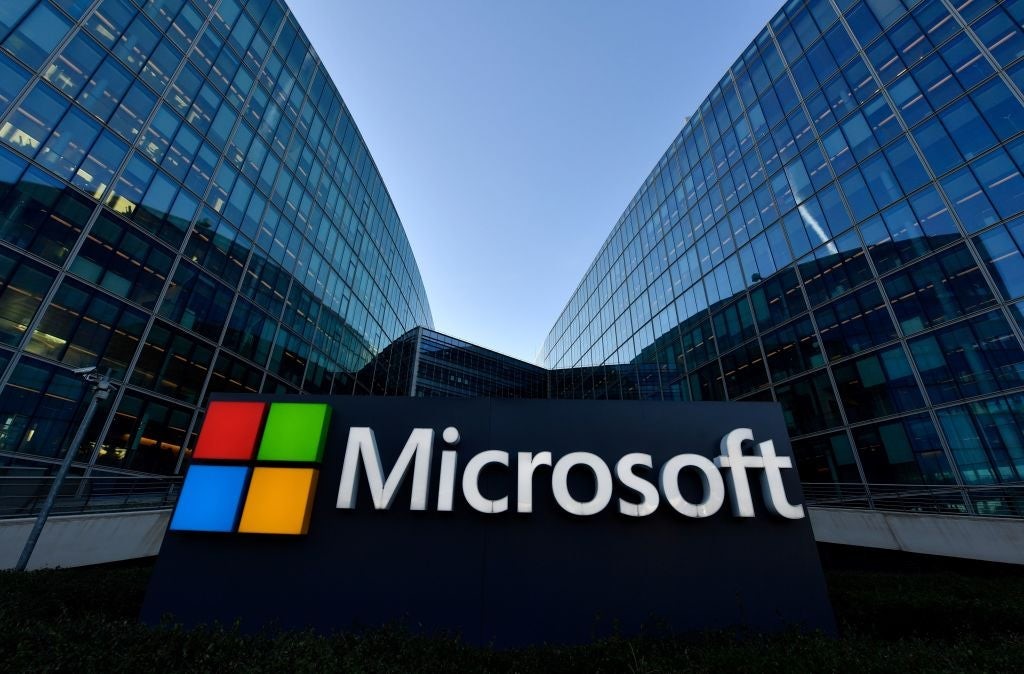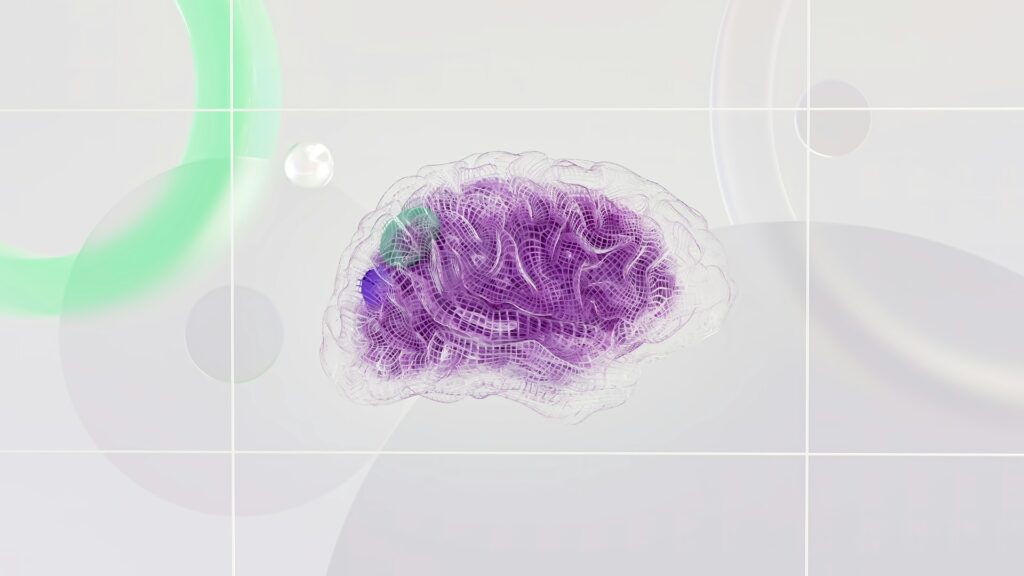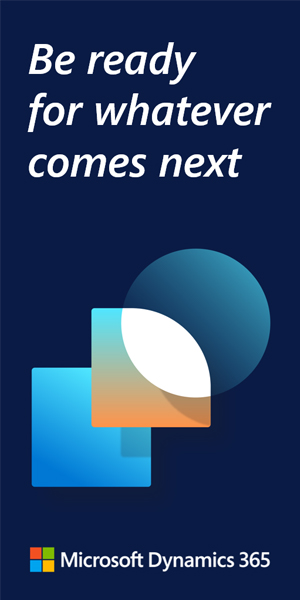Microsoft has unveiled a new multi-million-dollar Innovation Hub in Australia, to empower Australian organisations to leverage the power of AI and other technologies. This new facility joins Microsoft’s global network of over 40 Innovation Hubs and marks a milestone in Microsoft’s collaboration with Australian customers and partners.
The new Innovation Hub builds upon Microsoft’s commitment to positioning Australia at the forefront of the global AI economy. Located at the tech giant’s North Sydney office, the Microsoft Innovation Hub enables local customers and Microsoft experts to collaborate, innovate and tackle challenges.
Speaking on the launch of Australia’s new Innovation Hub, The Hon. Anoulack Chanthivong, the New South Wales Government Minister for Innovation, Science and Technology, said: “The Microsoft Innovation Hub is a timely addition to our state as we continue developing the Innovation Blueprint to strengthen NSW’s position in the digital economy.
“Facilities like these empower our local businesses to experience, innovate and compete globally.”
With a customer-centric approach, the Innovation Hub offers tailored engagements to support organisations from ideation to implementation. Customers can collaborate with Microsoft’s architects and experts through business envisioning, solution envisioning, architecture design and rapid prototyping and hackathons.
Steven Worral, managing director at Microsoft Australia and New Zealand, said: “We are thrilled to launch the Microsoft Innovation Hub in Sydney.
“It’s a unique space where we can help customers take their ideas to the next level by providing tailored, immersive experiences in consultation with our experts. This facility is not just about showcasing Microsoft’s latest technologies, it’s about co-creating solutions with our customers that deliver real business value.”
The hub features the Envisioning Theatre for futuristic demonstrations and the Experience Zone for interactive, industry-specific scenarios. For example, the healthcare experience features a real hospital bed that can measure patient vitals and can be used for teaching demonstrations. The hospital bed can also be connected to a Microsoft HoloLens device for detailed visualisations of the human body and pathologies.
Additionally, the hub also incorporates GenAI and other advanced technologies in persona-led demonstrations tailored to local business needs. With a flexible design supporting concurrent engagements, the hub is set to host over 300 customer interactions in its first year.






